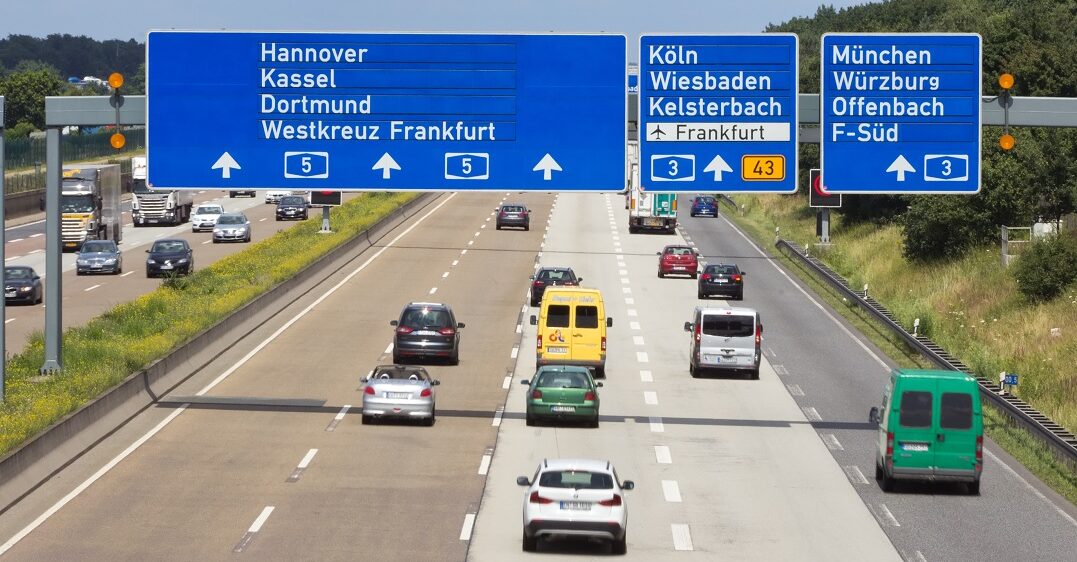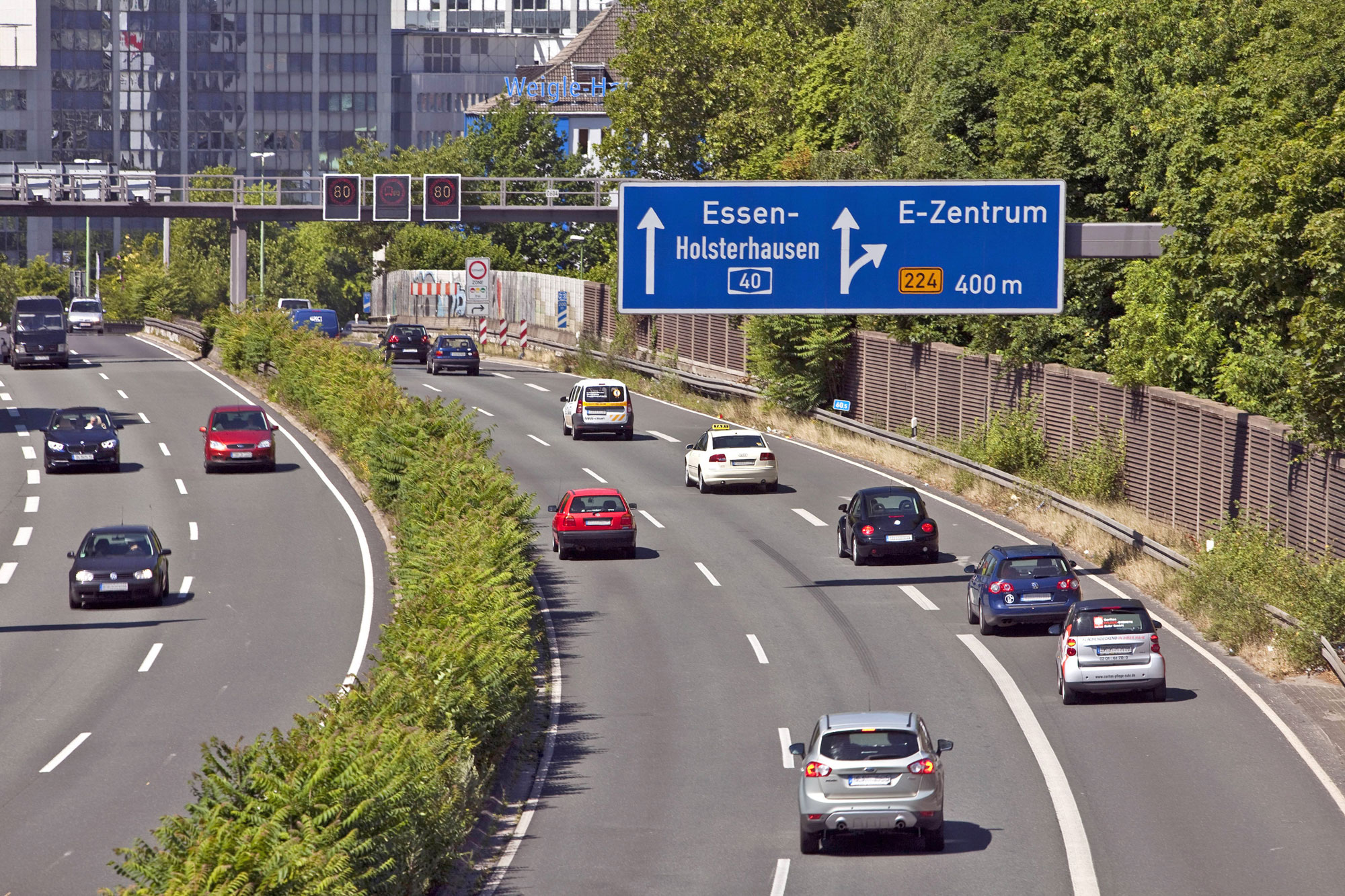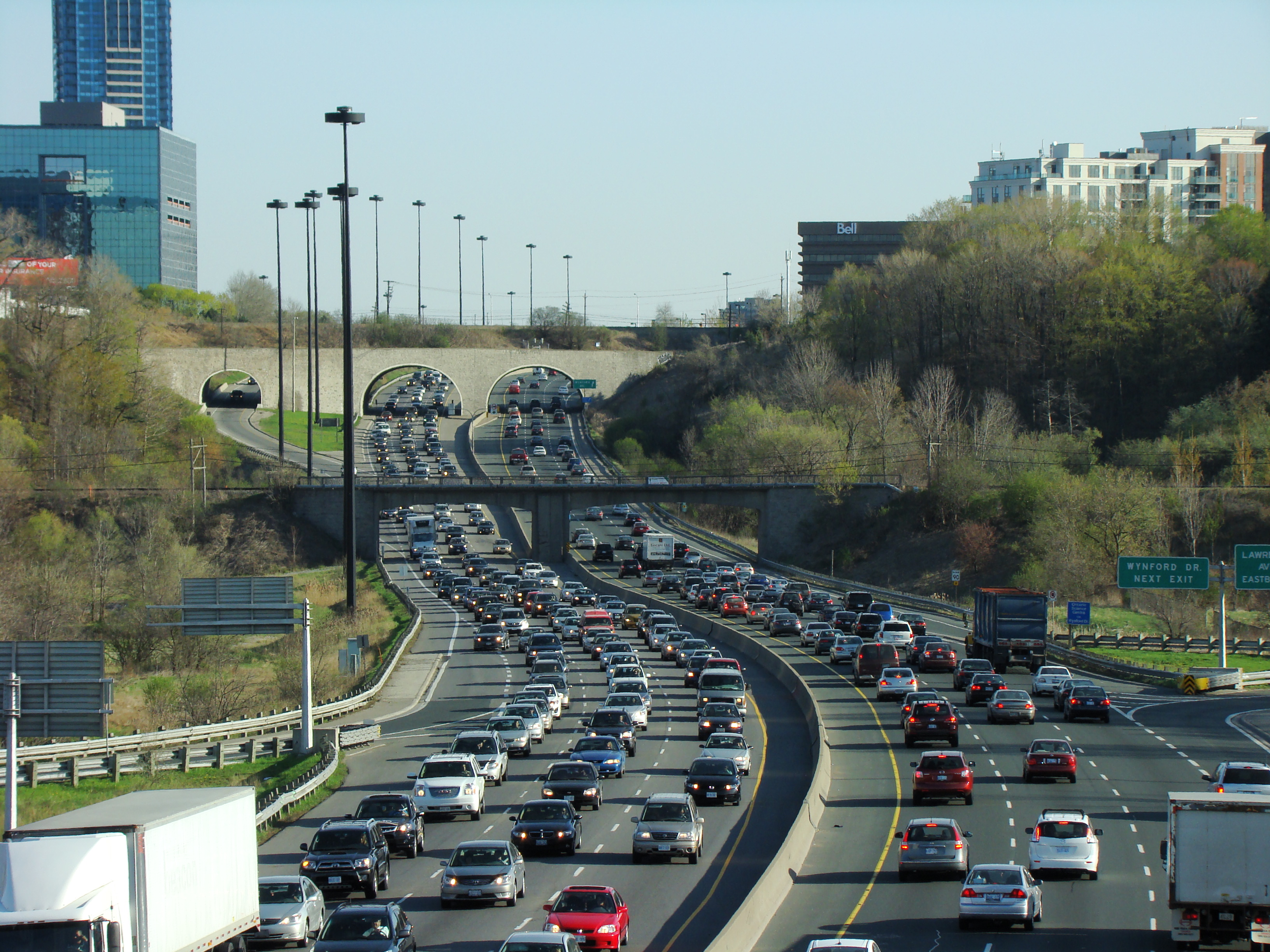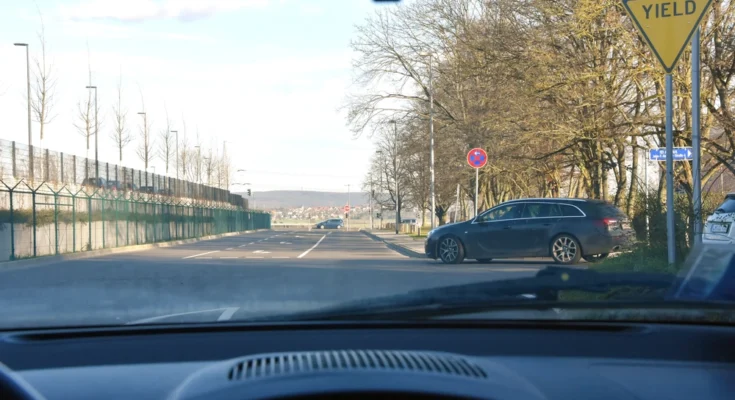Driving in Germany and the United States may seem similar at first glance, but the rules of the road can vary significantly. Whether you’re a traveler, an expat, or simply curious, understanding these differences can be both fascinating and useful. This article explores some of the most interesting distinctions between German and U.S. traffic laws, from speed limits to right-of-way rules.
Speed Limits and the Autobahn

One of the most famous aspects of German driving is the Autobahn. Unlike the United States, where highways have strict speed limits, parts of Germany’s Autobahn have no official maximum speed. While recommended speeds of 130 km/h (81 mph) exist, drivers can legally go much faster in unrestricted zones, provided conditions allow. However, strict liability rules mean that excessive speed in unsafe conditions can still result in penalties.

In contrast, the U.S. has regulated speed limits on all roads, varying by state. Rural interstates in states like Texas allow speeds up to 85 mph (137 km/h), but most highways limit drivers to between 55 and 75 mph (88-121 km/h). Speeding fines in Germany are generally lower than in the U.S., but German authorities strictly enforce speed limits through extensive use of speed cameras, unlike in many American states where police officers issue tickets.
Right of Way and Priority Rules
German roads follow a strict system of priority rules that differ from American right-of-way laws. In the U.S., drivers typically yield based on clear signage, and four-way stops are common. When two vehicles arrive at a stop sign simultaneously, the driver on the right has priority, but this rule varies by state.

In Germany, priority is often determined by signage, but if no signs are present, the “right before left” rule applies, meaning vehicles coming from the right always have the right of way. Traffic circles (roundabouts) in Germany also function differently; vehicles inside the circle usually have priority unless otherwise indicated. In the U.S., right-of-way rules in roundabouts depend on the state but generally prioritize cars already inside the circle.
Passing and Lane Discipline
Lane discipline is far stricter in Germany than in the U.S. On highways, German drivers must keep right unless overtaking, and passing on the right is strictly prohibited. The left lane of the Autobahn is reserved for high-speed overtaking, and slower drivers who linger there can be fined. In contrast, in the U.S., lane discipline is much more relaxed, and passing on the right is often legal, especially in congested traffic conditions.

Additionally, in Germany, flashing headlights from behind is a common and legal way to signal a slower driver to move over. In the U.S., this practice can sometimes be seen as aggressive driving and is discouraged in many states.
Traffic Signals and Turning Rules
Traffic lights operate differently in the two countries. In Germany, drivers cannot turn right at a red light unless there is a green arrow sign indicating permission. In the U.S., most states allow a right turn on red after stopping, unless signage prohibits it.

Pedestrian signals also differ. In Germany, pedestrians are expected to follow crosswalk signals strictly and can be fined for jaywalking. In the U.S., jaywalking laws exist but are rarely enforced outside of major cities.
Driver’s Licenses and Testing
Obtaining a driver’s license in Germany is far more rigorous and expensive than in the U.S. The German process includes extensive theoretical and practical lessons, first aid training, and a demanding driving test. The cost of obtaining a license can exceed €2,000 ($2,200 USD).
In contrast, U.S. driver’s license requirements are much more relaxed. Many states allow teenagers as young as 16 to obtain a license after passing a basic written and driving test. Some states even offer online driver’s education, and license renewal processes are generally simple and inexpensive.
Drunk Driving Laws

Germany has stricter DUI (Driving Under the Influence) laws compared to many U.S. states. The legal blood alcohol concentration (BAC) limit in Germany is 0.05%, and for new drivers or those under 21, the limit is 0.00%. In contrast, the U.S. has a nationwide limit of 0.08%, though some states impose lower limits for commercial or young drivers. Germany also enforces sobriety through frequent roadside checks, while U.S. enforcement varies significantly by state.
Conclusion
While driving in both Germany and the U.S. follows similar basic principles, the differences in traffic laws can be surprising. Germany’s strict lane discipline, Autobahn rules, and rigorous licensing process create a structured and disciplined driving culture. In contrast, the U.S. prioritizes accessibility, convenience, and regional flexibility in its traffic regulations. Understanding these differences not only makes driving abroad easier but also highlights how traffic laws shape national driving habits.



